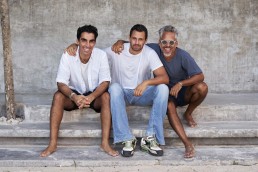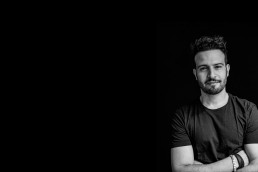Despite the challenges of the past 12 months, Tara Bernerd has completed a hotel in Hong Kong, and won a number of new projects. Here, she talks repeat business, remote styling and adapting to new ways of working.
With the welcome flash of a broad smile, Tara Bernerd greets me from her home office in Gstaad, Switzerland. Upbeat and chatty, she oozes energy. Her drive and determination is palpable. It is a drive that has seen her eponymous studio – established in London in 2002 – bring her aesthetic of sophisticated luxury to high-end hotels around the world.
Alongside residential and restaurant projects, private members clubs and a yacht, are a host of hotels. There are several for Thompson Hotels including 60 Thompson in New York, now the flagship of Sixty Hotels, and Belgraves, now The Hari London, conveniently located just around the corner from her office. Hong Kong sees the recent completion of another for The Hari brand. Throw in the UK flagship for IHG’s Kimpton, plus several projects for Four Seasons on both sides of the Atlantic, and you get a good measure of her portfolio.
London was home for Bernerd growing up, but she now divides her time between the UK capital and Gstaad, the latter being convenient, she says, for its proximity to both Zurich and Milan airports. Several recent social media posts show her walking amongst snow-capped mountains. “I feel blessed to be here with the absolute benefit of nature,” she explains. “I’m grateful to be out of the city.”
Like the rest of her 31-strong team, of whom she is clearly proud, describing them as incredibly talented, Bernerd has been working remotely. She made the decision to close the UK office prior to lockdown – a full 12 months ago – a move triggered by some staff returning from projects in Asia. Discussing the difficulties of 2020, she explains that it has been a year of adapting. The design process changed, with more presentations being done virtually, including showing materials, colours and fabrics. The initial stages of a project – the navigation of space, layouts, schematic designs – were also taking place online without too much disruption. However, the opening of hotels during lockdown “was an extraordinary experience” according to Bernerd, with the dressing, styling and final snagging done via remote cameras. “I’ve been in awe of how we have adapted; we’ve been able to win pitches and finalise design schemes even though we’re all in our separate places,” she notes.
So how has the design itself changed? Bernerd explains that hotels have made significant operational adjustments to improve guest safety and security. She believes that technological efficiencies will continue to develop, and sees more emphasis on how design can help operations with ideas of social distancing, space planning, staff and guest flows, and densities in public spaces. It is a commercial awareness that is apparent in much of her work.
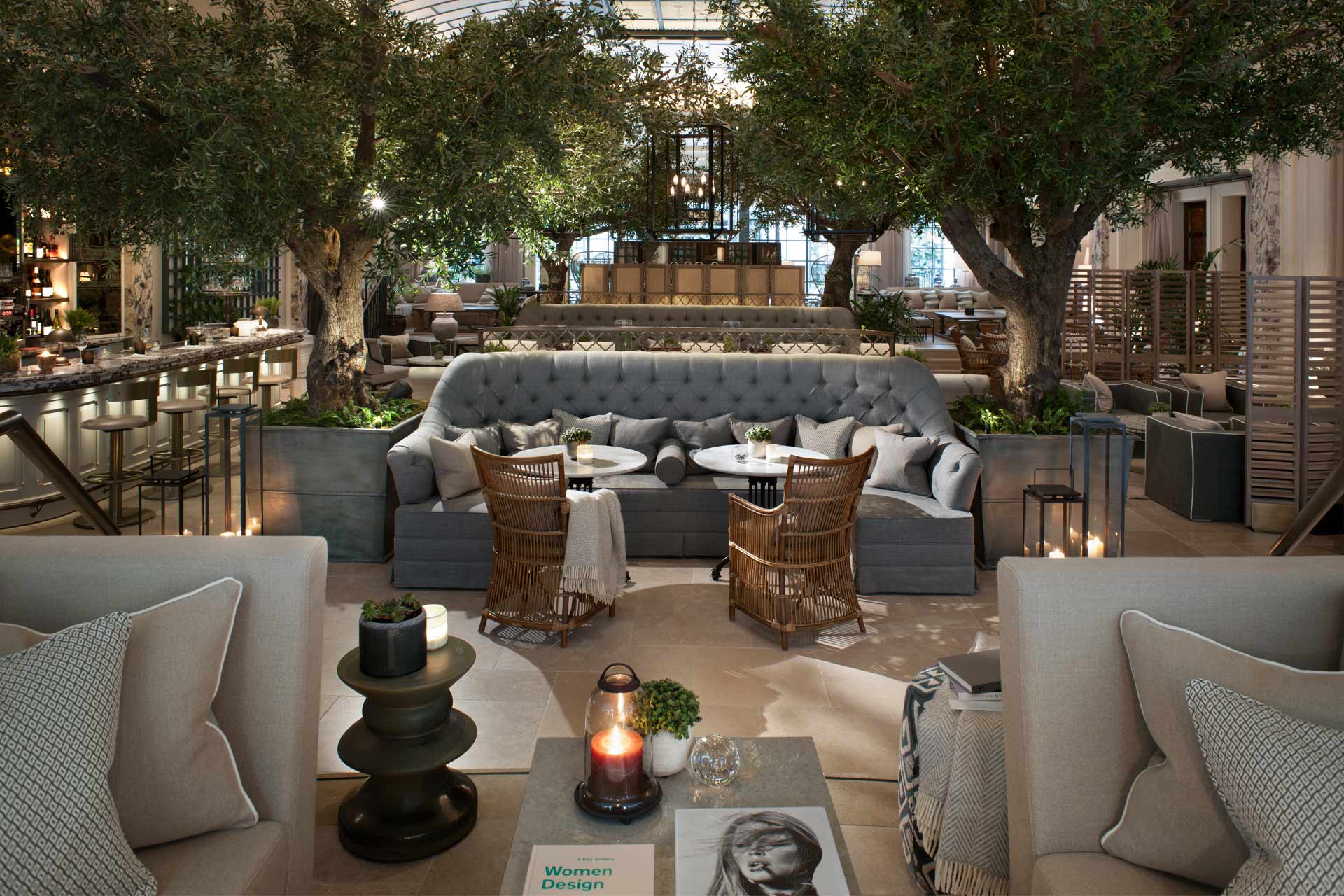
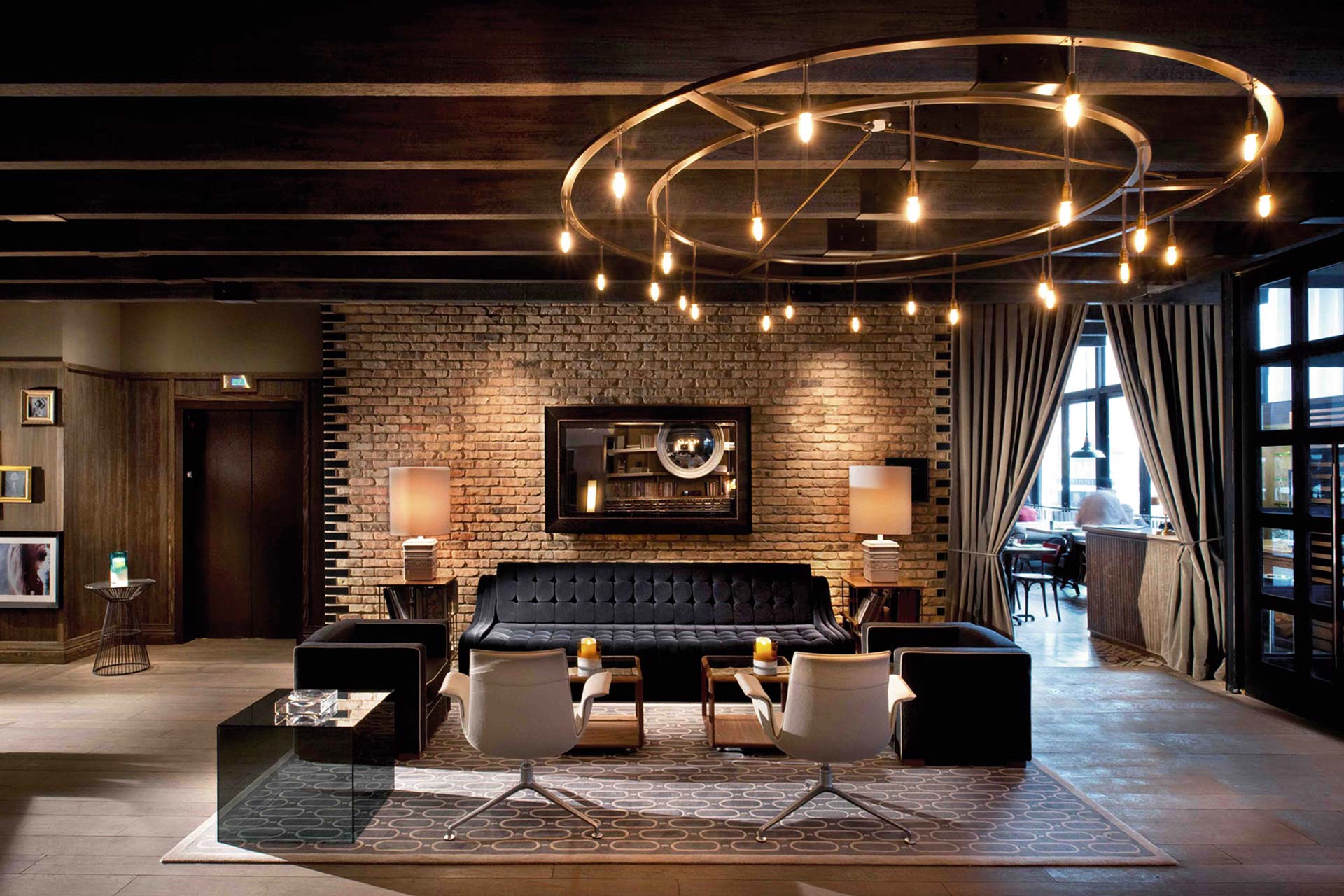
Bernerd is hugely positive that the industry will be back with force. “Much of the last year was about survival,” she observes, aware that hotels are an area of strength for the studio. “We have clients with very long-term views and the feeling is that of optimism,” she notes, with several projects slated to open from 2023 and beyond. She also sees more resort work and further assignments in Asia on the horizon.
Alongside this positive repartee is an endearing vulnerability. Asked to talk of herself growing up, Bernerd is hesitant. She’s coy about having left school aged 16 as it was not the “appropriate” thing to do and not something she would now advocate. A rebellious teenager? “Just enough,” she responds. She likes the idea of going to the University of Life and talks of learning life lessons while working in Hong Kong. She also had a stint at a London film school. “I never wanted to be an actress; I was more fascinated by the whole production side of things,” she recounts, recalling the ideas that somehow find their way into her projects. “Even today, a part of that continues, particularly in the way I envisage spaces when I first approach a project.” I allude to Ian Schrager’s outlook of a hotel as theatre, but Bernerd turns this more to the mix of creative disciplines and how talents are brought together for a cohesive whole.
“I’ve been in awe of how we have adapted; we’ve been able to win pitches and finalise design schemes even though we’re all in our separate places.”
She recalls an impactful moment of her youth. “I was visiting the Royal Academy where there was an exhibition featuring the works of Sir Norman Foster and Lord Richard Rogers and afterwards, there was the opportunity to go to a lecture by Foster,” she explains, relating her fascination that design and architecture could affect a city and lifestyles. “I found him inspirational; I ended up working through a series of commitments and apprenticeships and got myself into the work that I do today,” she explains. These commitments included a role in the commercial sector for property firm Nelson Bakewell, where she gained experience in restaurants. “Without knowing how useful it would be, I was already establishing a strong understanding of the value of land and rentals, some of the components behind what we do today,” she continues. Bernerd then had a spell working with John Hitchcox – to whom she was married for a time – and Philippe Starck at their Yoo venture. This brought together all the different experiences. “We were travelling, looking for remarkable sites and people to collaborate with from Tokyo to the States,” she enthuses. Once the projects were secured, she then had the “incredible experience” of assisting Starck on the architecture, design and interiors, recalling that whilst there was humour, joy and playfulness in his work, it was always considered.
Acknowledging that her career is the culmination of organic experiences, she does recount a tipping point that took her into design. This came with a personal loft investment into which she poured all her energy, pulling together the planning, architecture and design. Developing two apartments – one buyer wanting “everything in it apart from me and my clothes” – made her realise that she wanted to pursue lifestyle design. “At that moment, when I had ultimately created something from scratch and gone on to sell it, I realised this was exactly where I wanted to be.”
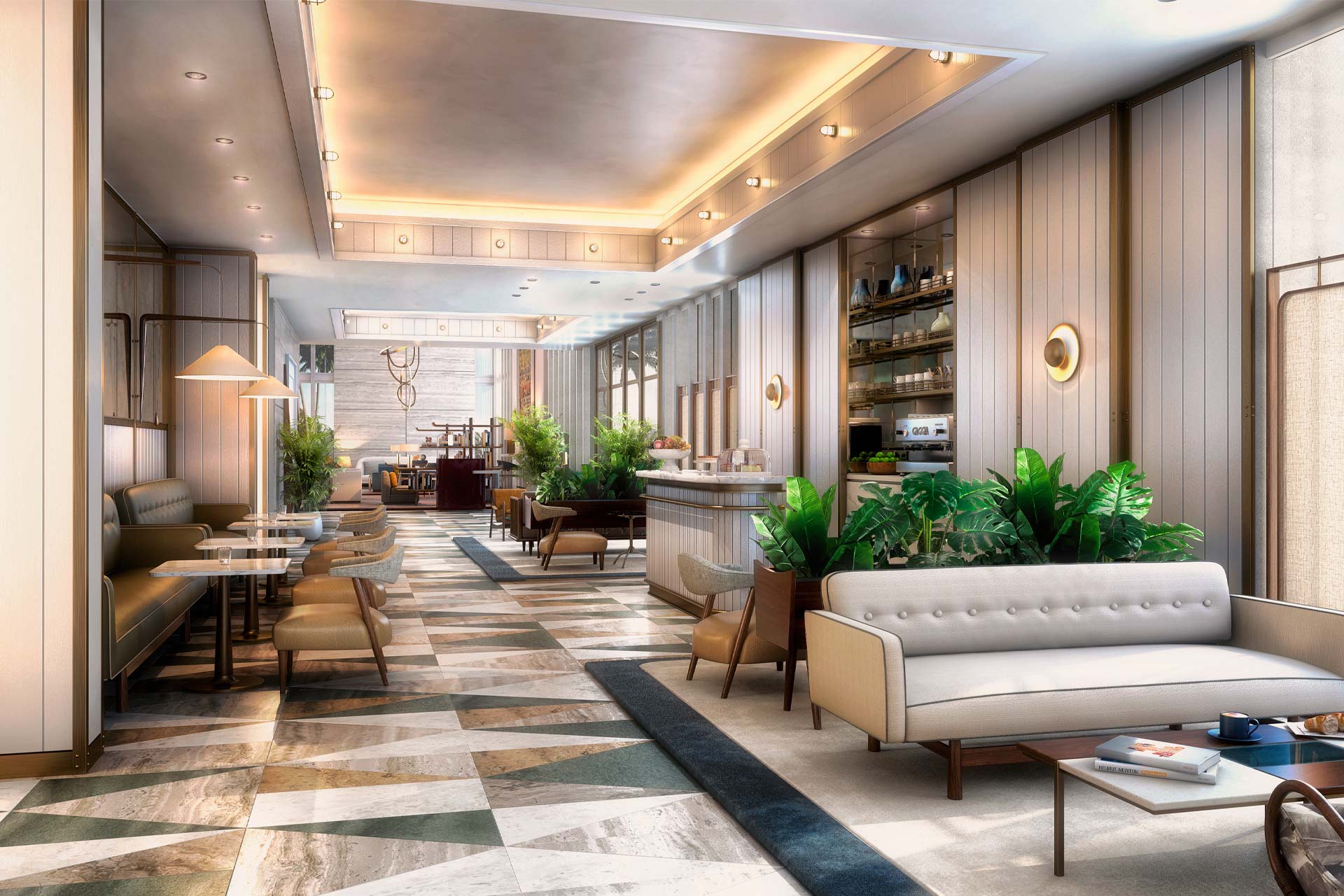
Along with this steady accumulation of skills, Bernerd tells me the most important element of what she does is communication and relationships: “I really do believe that connection, listening and understanding is crucial.” She elaborates on the huge effort made to ensure that all her teams have been staying connected and in touch during the pandemic. Undoubtedly for someone high up on the party guestlist, connections are one thing of which she is not short. Converting those into something meaningful is however her aptitude. And here, Bernerd’s success is seen in the amount of repeat business she has. Take the three Thompson hotels with Jason Pomeranc in Chicago, London and New York. Or Aron Harilela and his Harilela Group hotels in London and Hong Kong. There are also several projects with Four Seasons including 145 newly-enhanced Superior and Deluxe guestrooms at Four Seasons Hotel London Park Lane; the redesign of the Empire Suite at Four Seasons Hotel New York Downtown; and the upcoming Four Seasons Hotel & Private Residences Fort Lauderdale. Bernerd recalls the early days of the relationship, revealing that the first phone call was a key moment for the studio “given the gravitas of the brand”.
“I really do believe that connection, listening and understanding is crucial.”
And what of her style? Amidst mentions of a residential feel and the current need for homely comforts, her use of architectural elements could be described as industrial or masculine. “Handsome,” she counters, along with “not overly pretty”. And she’s right. Her projects also see bold statements of colour, of geometric patterning and of massif forms inspired by the architecture. Add in modern art, 20th century furniture and plenty of layering; it’s through this mix of creative elements that she sees the opportunity to help brands create their DNA.
This was the case for Thompson Hotels, where her latest project – opening in Spring 2021 – is in Hollywood, a place dear to Bernerd having spent time there in her twenties. The design builds on old-school Hollywood glamour mixed with West Coast Modernism in a scheme that aims to capture the feel of the South of France and mid-century Southern California. Similarly, at the recently opened Zentis Osaka, where she feels privileged to have been able to bring to life this new hotel brand; the pedigree of owners Palace Hotel Group is showcased with a traditional Japanese experience reflecting the local culture and style.
Other upcoming projects include the 148-key Four Seasons Hotel Fort Lauderdale, where a scheme of understated elegance echoes the heyday of the city – an era of Chris-Craft boats and Capri pants – and will add to the expectation of a new Floridian Riviera. Also on the books are Equinox Hotel Los Angeles in a major landmark designed by Frank Gehry opposite his Walt Disney Concert Hall. Bernerd and her team have plans for Europe too, including Rosewood Munich and, soon to be announced, a hotel with architecture by OMA and another Four Seasons.
The rebellious teenager is an undoubted survivor showing a design spirit that, in equal measure, delights her clients for its business acumen and their guests for its aura of seductive, cosmopolitan élan.
CREDITS
Words: Guy Dittrich
Photography: © Philip Vile
Magazine: Sleeper 95
Related Posts
25 January 2021
Meeting… Habitas
20 November 2020
Meeting… Anouska Hempel
16 September 2020
